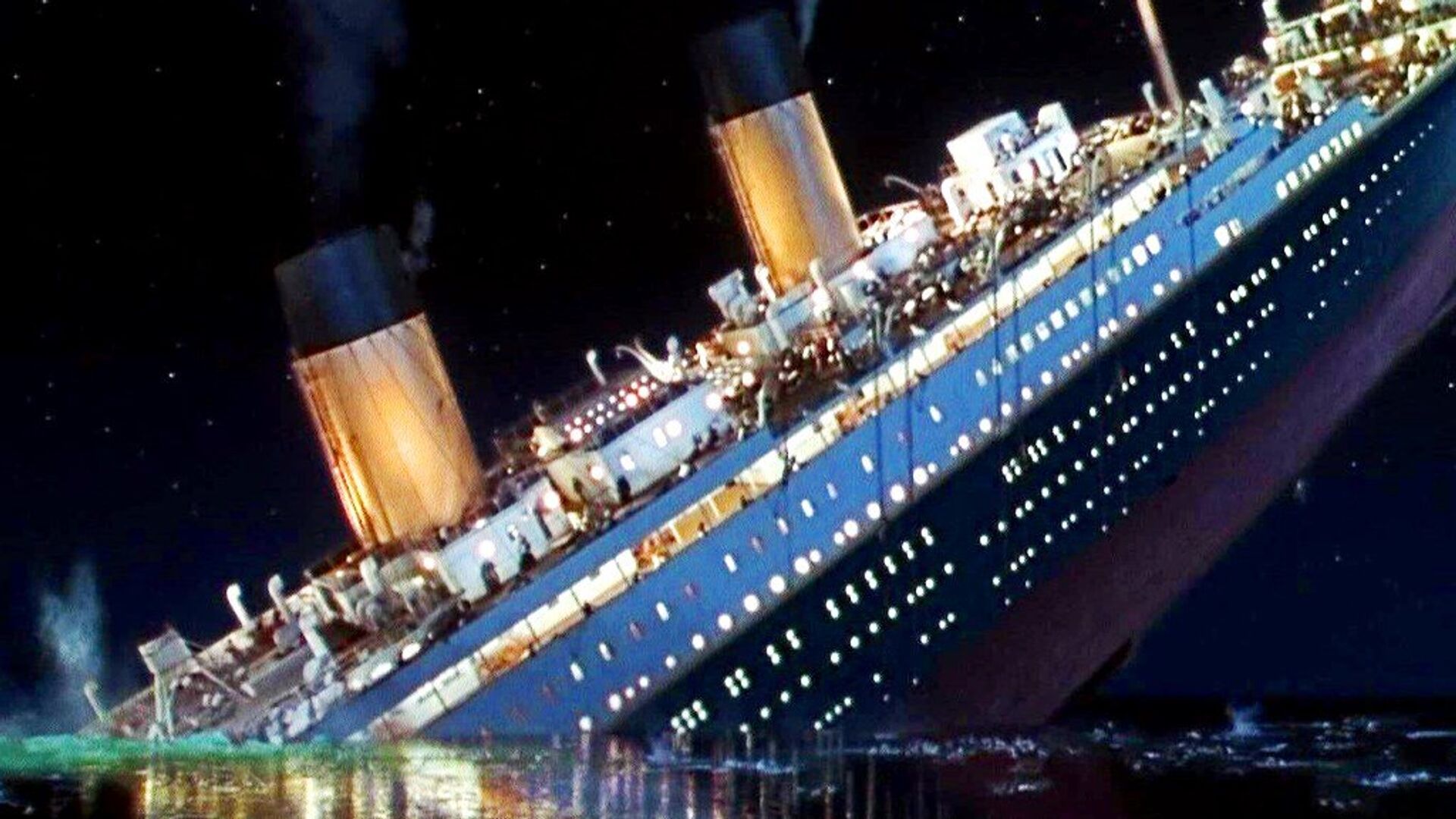Rare Footage From 1986 Exploration of Titanic Wreck Released on Blockbuster Film's 25th Anniversary
23:01 15.02.2023 (Updated: 13:32 14.04.2023)

© YouTube
Subscribe
Never-before-seen footage from the 1986 expedition to the wreck of the RMS Titanic on the Atlantic seafloor was released on Wednesday, timed to coincide with the re-release of the Hollywood film about the disaster on the 25th anniversary of it entering theaters.
The new footage, filmed by the Woods Hole Oceanographic Institute (WHOI) in Massachusetts in conjunction with the French oceanographic research group IFREMER, was captured during a 1986 expedition. It totals more than 80 minutes and is in both black-and-white and full color. A short preview was given to US media ahead of the full release on Wednesday night.
Much of it has never been seen by the public before.
The wreck was found in 1985, more than 73 years after the Titanic sunk on a cold night in April 1912, about 400 miles east of Newfoundland. The massive passenger liner, which had been boasted to have a high-tech compartmentalized design that rendered her “unsinkable,” struck an iceberg during its maiden voyage from Southampton, England, to New York City.
The gash in the ship’s hull was more than the design could handle, and the ship rapidly filled with water, snapping in two before sinking to the bottom of the ocean.
Roughly 1,600 people died in the disaster and more than 700 survived, although the exact numbers are unknown due to inconsistencies in the passenger manifest and the chaotic way in which the ship was evacuated as it sank. More than 300 bodies were recovered from the sub-freezing seas, so most are assumed to have been trapped inside the ship.
The survivors were found by the passenger liner RMS Carpathia at about 4 a.m., which had steamed at recklessly high speed after receiving Titanic’s distress call. It was roughly 4.5 hours after the Titanic had struck the iceberg and about two hours after the last of the Titanic had disappeared beneath the waves.
For more than half a century, the wreck’s location remained a mystery, and several attempts to locate it using radar and sonar technology had failed. However, the US Navy agreed to sponsor a major expedition in 1985 after realizing that the technology needed to find the Titanic could be used to find other wrecks, too, such as the sunk submarines USS Scorpion and USS Thresher, the latter of which had been lost off the coast of Cape Cod, Massachusetts, not far from where Titanic sank.
Titanic was found in two pieces, having snapped in half likely due to hull stress as it sank unevenly, in more than 12,000 feet of water. The debris field was scattered for miles around the wreck, and was how Woods Hole oceanographer Robert Ballard and French explorer Jean-Louis Michel spotted it. After exploring it with an underwater drone, Ballard descended to view the wreck in-person in a deep-sea submersible called ALVIN.
Subsequent missions produced a detailed account of how the ship sank and crashed into the seafloor, and even yielded the details of the iceberg impact. Film director James Cameron sponsored a dozen such trips, using the information gathered to produce his 1997 blockbuster film about a love story aboard the ship during its fateful 1912 journey. The film was widely hailed for its incredible attention to detail in recreating the ship’s appearance. It won 11 Oscars.
The wreck is steadily deteriorating in the salt water, with about 1 ton of iron turning to rust every day. Eventually, it will collapse on itself and become a pile of oxidized iron on the seafloor.

